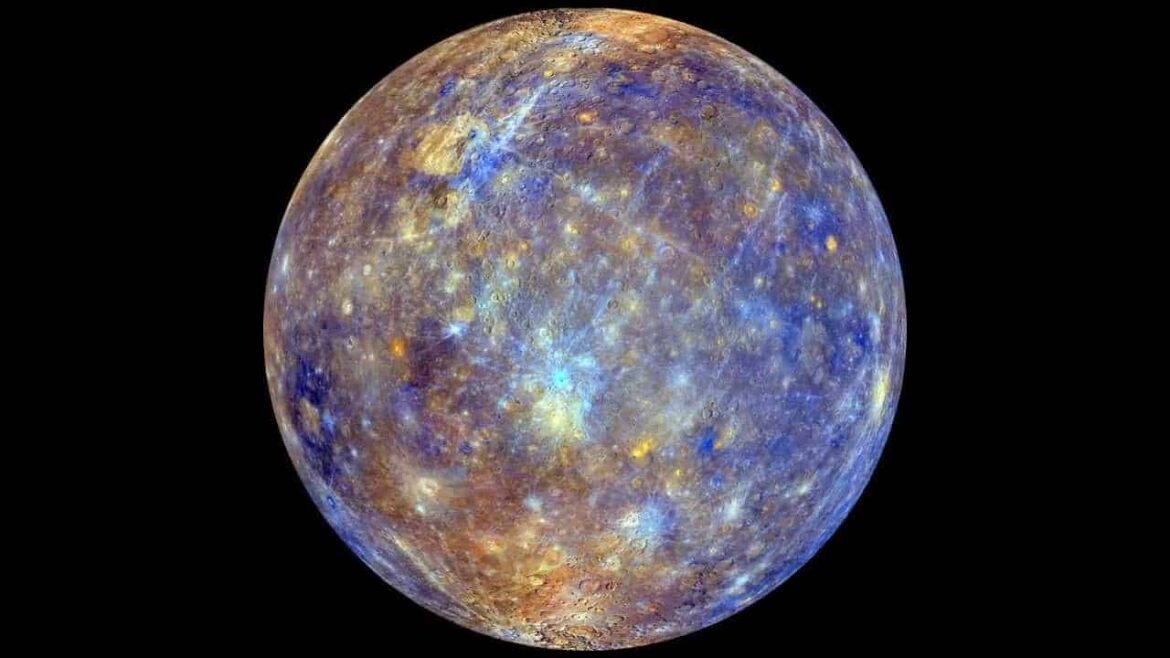904
Mercury is a small, dark gray planet. It is fascinating because it has not yet been fully explored and still has many mysteries
Mercury: This is how fascinating the planet is
Mercury is the smallest planet in the solar system. Here are some scientific facts about it.
- Size and mass: The small planet has a diameter of around 4,880 kilometers, which makes it the smallest of the eight planets in our solar system. Its mass is only about a third of that of the Earth.
- Orbit and rotation: Mercury orbits the sun at an average distance of around 58 million kilometers and only takes around 88 days to do so. However, due to its slow rotation, one Mercury day lasts about 59 Earth days.
- Surface: Mercury’s surface is characterized by large temperature differences, craters, rock formations and plains. Due to the lack of an atmosphere, the surface temperature can fluctuate extremely, from up to 430 degrees Celsius during the day to minus 180 degrees Celsius at night.
- Atmosphere: Mercury has a very thin atmosphere consisting mainly of traces of oxygen, sodium, hydrogen and helium. This atmosphere offers no protection from the intense rays of the sun. Living organisms would have no chance of survival here.
- Exploration: The planet was first explored in detail by the Mariner 10 space probe in 1974. This was later followed by other missions such as MESSENGER (Mercury Surface, Space Environment, Geochemistry and Ranging), which provided important findings about the planet.
- Peculiarities: Mercury has several special features, including the presence of ice in the shadow craters near the north pole and an unusually high density of its iron core compared to its total volume.
Why the planet is dark: An answer
Mercury is not fundamentally dark. Rather, its surface simply appears darker compared to other planets such as Earth or Mars. There are various reasons for this.
- Craters and rock formations: Mercury’s surface is characterized by numerous craters and rock formations that reflect sunlight differently. These structures make the surface appear darker overall.
- Low albedo: The albedo is a measure of how strongly a surface reflects the incident light. Mercury has a comparatively low albedo, which means that its surface reflects less light and therefore appears darker.
- Lack of atmosphere: Mercury only has a very thin atmosphere that is unable to scatter or reflect the incoming sunlight. As a result, the light reaches the surface directly and cannot be reflected back
- Age of the surface: Mercury’s surface is very old and was formed over billions of years by meteorite impacts. These processes have resulted in Mercury’s surface containing dark materials such as basaltic rock, which contributes to its overall dark appearance.
- Materials: According to the latest research, Mercury consists of carbon in the form of graphite. The substance colors the surface very dark.

